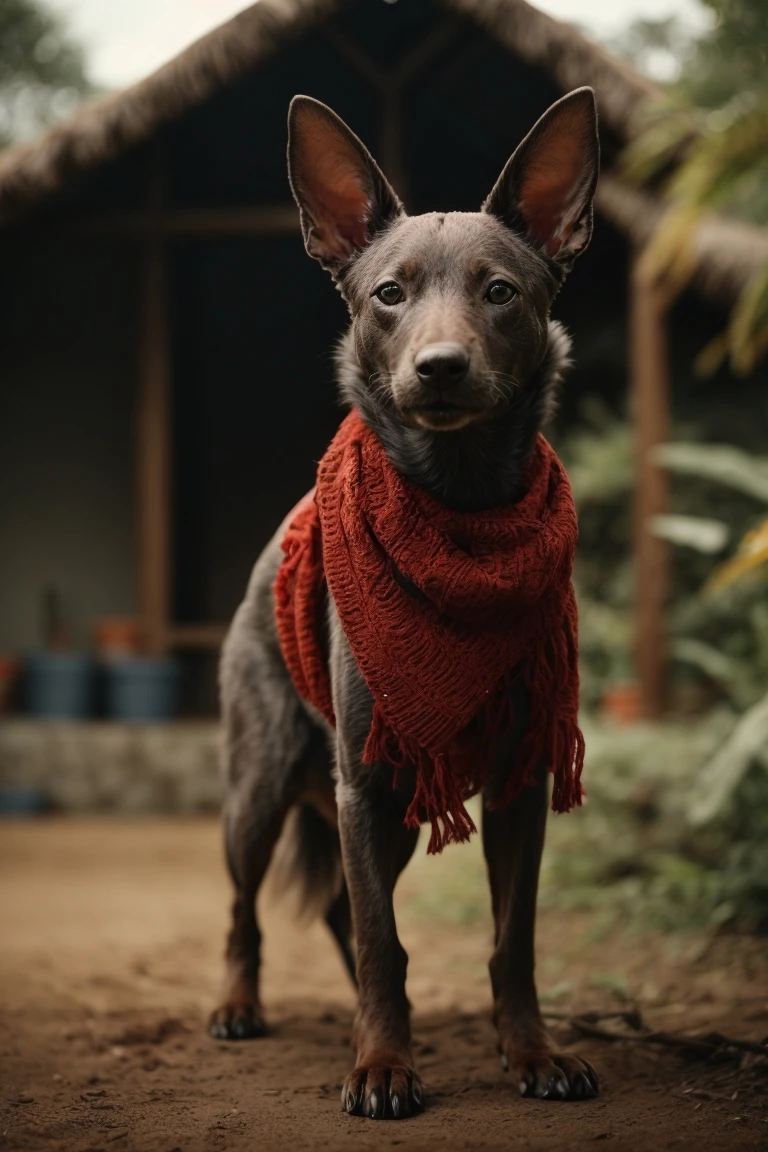The World of Rare Dog Breeds

Dogs have been cherished companions by humankind's side for thousands of years. While certain breeds like Labrador Retrievers and German Shepherds are quite popular worldwide, there are also hundreds of rare and lesser known canine breeds that deserve recognition. These rare breeds possess unique characteristics, origins, and purposes that make them fascinating to explore.
In this comprehensive guide, we will journey into the captivating world of rare dog breeds. Discover their origins, defining traits, purposes, and what makes them so special. Let's shed light on these marvelous pups and ensure their legacies continue.
An Overview of Rare Dog Breeds
The American Kennel Club (AKC) officially recognizes around 200 dog breeds. However, it's estimated there are over 300 distinct dog breeds worldwide. Breeds are considered rare if there are only a few hundred or few thousand individuals globally.
Some factors that contribute to rarity include:
- Limited breeding population - Some breeds have very small genetic pools and restrictive breeding practices. This limits population size.
- Challenging traits - Breeds with extensive grooming needs or strong prey drives may not suit most owners.
- Lack of awareness - Obscure breeds remain unknown to the general public.
- Newer breeds - Recently developed breeds haven't had time to gain popularity.
- Single purpose - Dogs bred for niche work like herding or hunting certain game.
- Native isolation - Breeds limited to remote regions of certain countries.
Many rare breeds offer unique advantages like lower grooming requirements or easy trainability that make them excellent pets. Learning about these lesser known dogs can help match you with your ideal canine companion.
What Makes Rare Breeds Special
Rare dog breeds possess distinctive features and temperaments that set them apart, making them special in their own ways. This distinctiveness spans across their appearance, abilities, and behavior, each aspect contributing to their uniqueness and charm.
Unique Looks
Many rare breeds exhibit unusual physical traits and appearances compared to other dogs. Some examples include:
- Large, fiery red coats on Irish Red and White Setters
- A hairless body with wooly hair on the head of the Peruvian Inca Orchid
- The lizard-like ridged back of the Thai Ridgeback
These distinctive features arise from the breeding history and isolation of rare breeds. They make the dogs instantly recognizable.
Uncommon Talents
Many rare breeds retain the specialized working skills they were bred for. Examples of their uncommon talents include:
- The Mudi's intense focus and ability to work sheep, cattle, and other livestock.
- Cirneco dell'Etnas were bred to hunt small game like rabbits in Sicily. They excel at chasing prey.
- Norwegian Lundehunds have flexible necks and forelegs that allowed them to wrestle puffins on rocky cliffs.
These breeds offer a glimpse into the diverse jobs dogs performed alongside people throughout history. Their talents make them uniquely suited to certain activities or sports.
Range of Temperaments
Rare breeds demonstrate a broad range of personality traits. Examples include:
- The friendly, patient Catalan Sheepdog excels at therapy work.
- Polish Hunting Dogs bond closely with their owners but are reserved with strangers.
- The spirited Mudi needs constant activity to thrive.
- Lancashire Heelers have loyal, affectionate temperaments despite their name.
This diversity allows people to find the perfect rare breed match for their lifestyle and personality.
Captivating Backstories
Beyond their interesting traits, rare dog breeds also possess captivating histories and origins that contribute to their allure.
Breeds of Antiquity
Some rare modern breeds trace their lineages back thousands of years. Two examples are:
- The Pharaoh Hound - This elegant sighthound originated in ancient Egypt as far back as 3,000 BC. It is one of the oldest breeds still in existence.
- The Canaan dog - One of the oldest landrace breeds, Canaan dogs were kept by ancient civilizations in the Middle East including the Israelites.
These living relics provide a tangible connection to humanity's past relationships with dogs.
Products of Isolation
Other rare breeds resulted from isolated populations of dogs:
- The Lapponian Herder emerged from reindeer herding dogs native to the Sami people of northern Scandinavia.
- The Kai Ken is thought to descend from free-roaming dogs in 19th century Japan. For years it remained a regional rarity.
Their emergence in remote pockets allowed distinctive traits to develop over time.
Purpose-Driven Creations
Some rare breeds were carefully engineered by dedicated breeders for specific jobs. For instance:
- The Eurasier was developed by Julius Wipfel in the 1960s as a companion dog with a balanced temperament.
- The Wirehaired Pointing Griffon was created by Eduard Karel Korthals in the late 19th century as a versatile hunting dog.
Dedicated breeding efforts shaped these dogs to serve specific roles and helped form their unique characteristics.
The Importance of Preservation
Preserving the genetic diversity of rare dog breeds is crucial. It safeguards against genetic diseases, broadens the gene pool, and ensures the survival of special traits and skills. Preservation efforts include:
- Educating the public about these breeds and their unique qualities.
- Ensuring responsible breeding practices by working with reputable breeders.
- Promoting adoption of these breeds from shelters and rescue organizations.
- Supporting breed clubs and organizations that are committed to the well-being of these dogs.
In preserving rare dog breeds, we help maintain the rich tapestry of canine companionship that has been woven over thousands of years.
Rare dog breeds are a treasure trove of unique characteristics, captivating histories, and uncommon talents. Learning about them helps preserve their legacy and can lead to finding the perfect companion for your lifestyle. Dive into the world of rare dog breeds and discover the intriguing stories and traits that make them special.